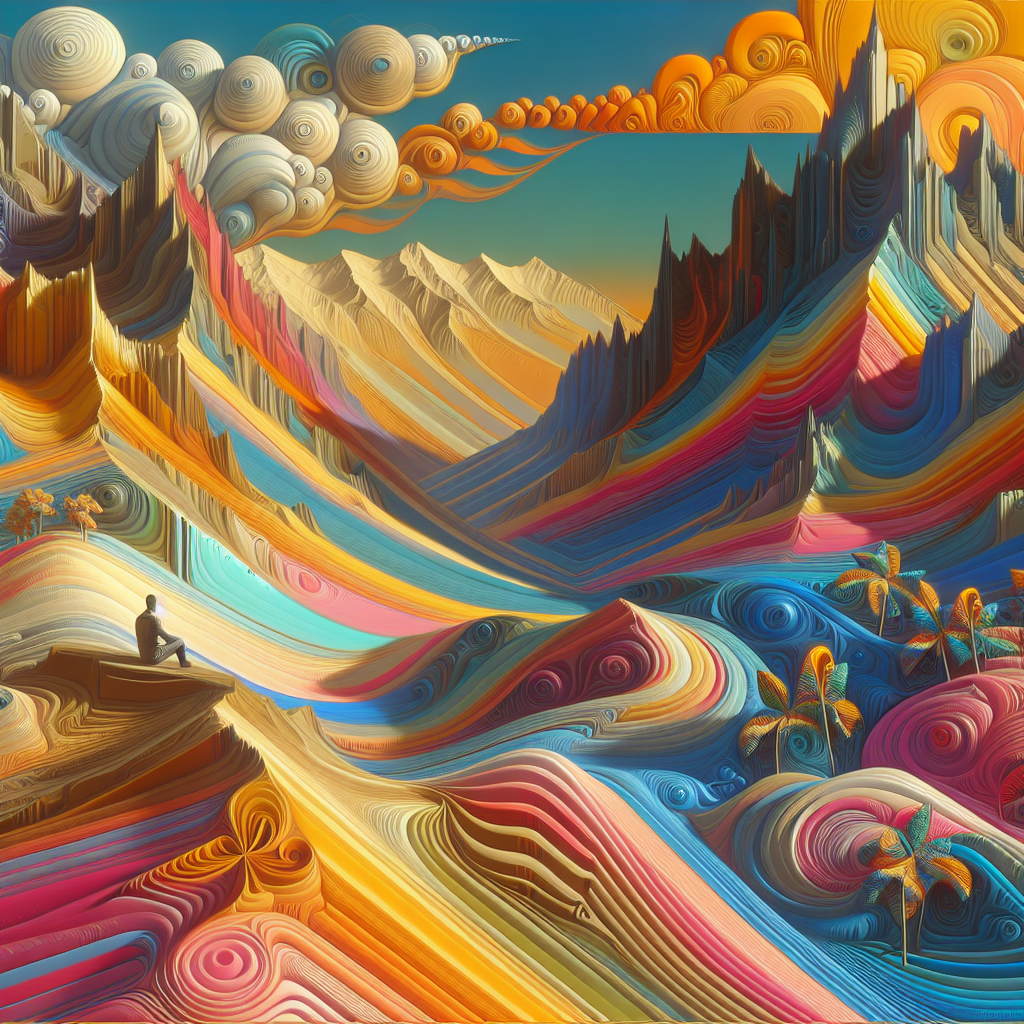Writing Hope After Chaos
If you think that poets and scientists are as opposite as noir is to a sun-drenched portrait, think again! Poetry is one of humanity’s oldest inventions, and its current that runs through our collective history is often a mirror of our most profound transformations. Poetry of the Day After focuses squarely on the what, where, when, why, and who of weaving words after upheaval. This happens whenever poets stand amidst the wreckage of the day before, whether it's the aftermath of natural disasters or socio-political shifts, and put pen to paper to craft meaning from chaos, very often right in the heart of affected communities, usually within days to years of the event. The why? To tell stories, to console hearts, to educate, and—most powerfully—to catalyze change.
Where Hope Meets Science
As someone who thrives on the interplay between science and society, I find the link between the brain's natural capacity to process trauma through narratives particularly mesmerizing. On scanning our brain's activation in response to storytelling (thanks to advances in fMRI technology), we've witnessed how poetry ignites brain regions linked to emotional regulation and empathy. This is the science behind why "Poetry of the Day After" holds such a potent space in our world, helping societies recover by creating connections where there might seem to be none.
The Optimists with Ink
One might wonder about the optimistic heart that beats within the somber tone of disaster poetry. Hope is ingeniously woven into its tapestry. Consider poets like W. H. Auden, who urged enlightenment amidst the shadow of war. Or contemporary voices like Warsan Shire, who stuff reality's grit and hope's lift into every line.
Yet, poetry penned in the wake of adversity doesn't just engage in optimistic denial. Instead, it builds resilience. Think of it as cognitive behavior therapy but with the meter and rhyme. Imagine Rupi Kaur's work empowering those who read them, affirming inner strength and communal support. Each verse functions as a connective fiber weaving together fragmented communities, allowing them to heal and grow stronger.
From the Personal to the Global
When examining post-catastrophe poetry, zooming in to the micro-perspective reveals its role in personal healing. Individuals, through writing their experiences and reading those of others, often find solace and understanding. What's even more fascinating is the global ripple effect these words tend to have. In a world that's as connected as it is diverse, these narratives cross borders, offering international audiences a window into the essence of human experience during times of crisis. This isn't just the sharing of pain, but also of resilience and reconstruction.
Let's consider places like Japan or Haiti, where poets have historically stepped into these spaces with urgency. Here, imageries modeled by nature’s wrath are balanced with unflagging hope for renewal. Poets, therefore, document the intangible – the indomitable spirit of humanity – and their messages persevere as lasting proofs of human capability.
Bridging Humanity's Heartbeats
Organizations like PEN International and small local collectives that support poetry workshops thrive in such times, bridging individuals and ideas through words. These are the advocates who recognize the essential place that poetry holds in cultural restoration. Poetry of the Day After illuminates dark corners, allowing countless individuals to voice experiences that would otherwise be shrouded in silence.
In celebrating this form of literary expression, we pave pathways for future generations to comprehend, critique, and care more elements of the human condition than ever before. The functional role that these post-catastrophe poems occupy is akin to a compass guiding society toward understanding.
Exciting Frontiers
From the rise of digital poetry, where algorithms now compose stanzas, to AI-enhanced writing aid, this is an exciting time to explore what comes next for humanity's age-old texts. It puts a shimmer in my eye to think of the merge of technology with emotion so deeply human.
Thus, Poetry of the Day After adapts, morphs, and thrives because, much like us, it has learned to be resilient. When science meets the artistry of poetic expression, we encounter a phenomenon that is not only soothing to the soul but also scientifically validated in its ability to evoke profound emotional and cognitive responses.
And so, through every break in our story, through each mighty uproar and silent reprieve, "The Poetry of the Day After" serves as an invincible testament to the audacious creativity and unyielding hope pulsing through our human hearts.

